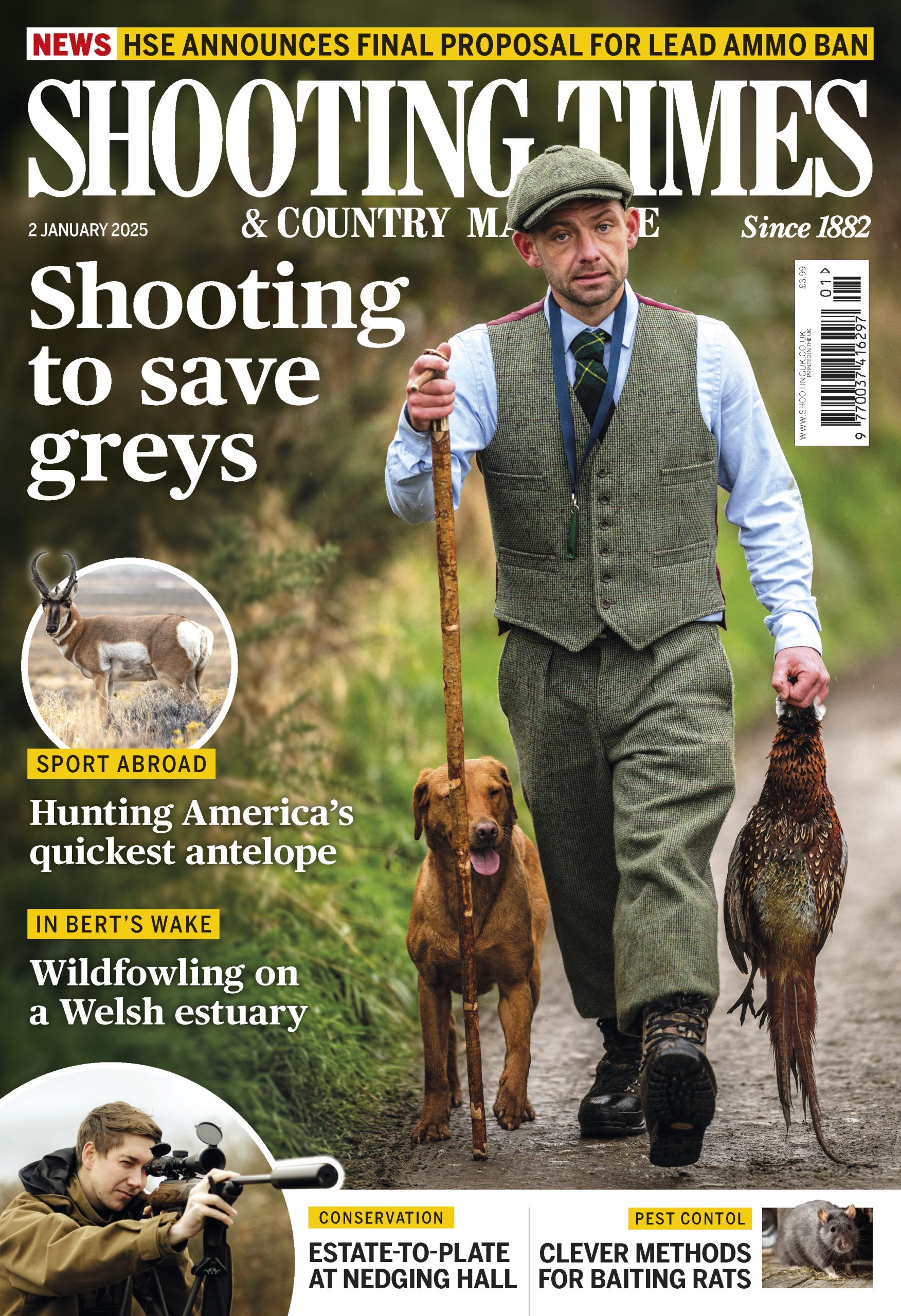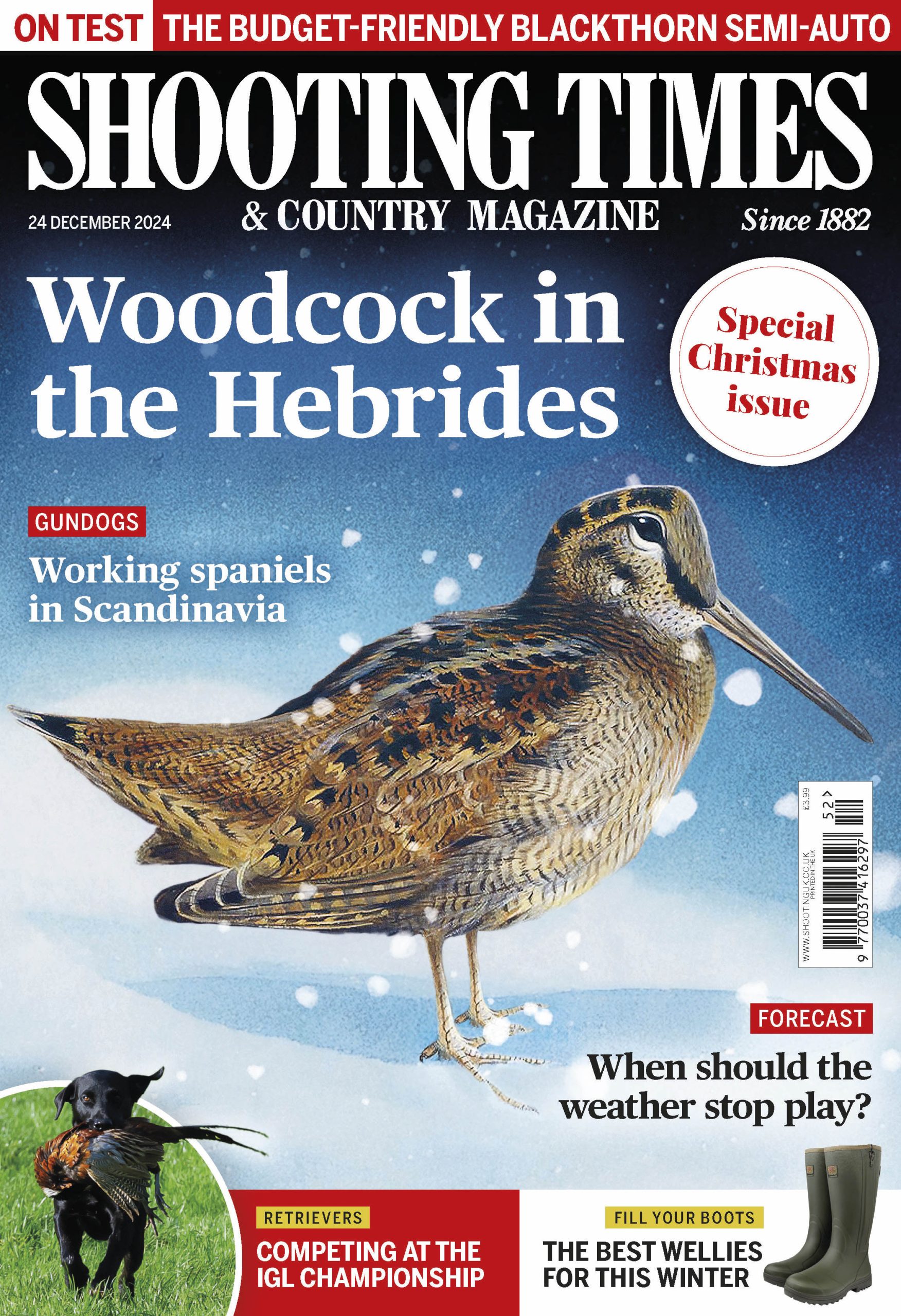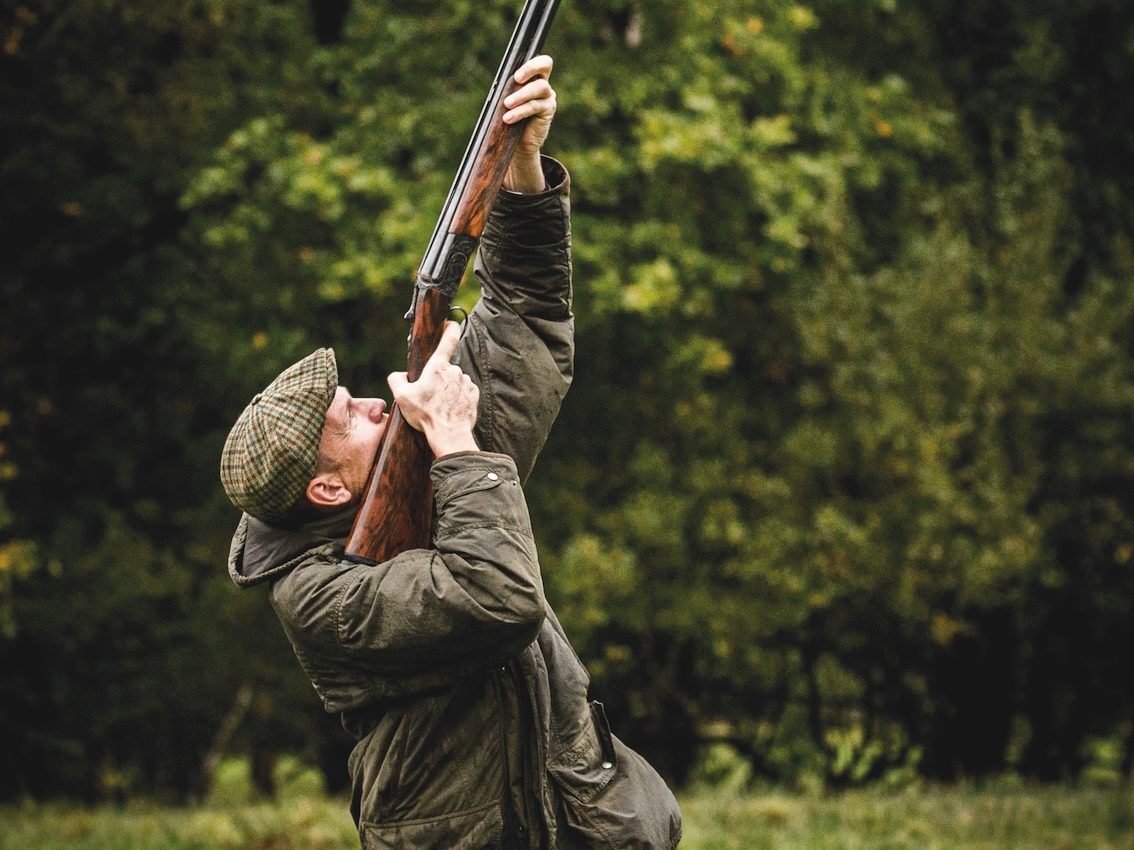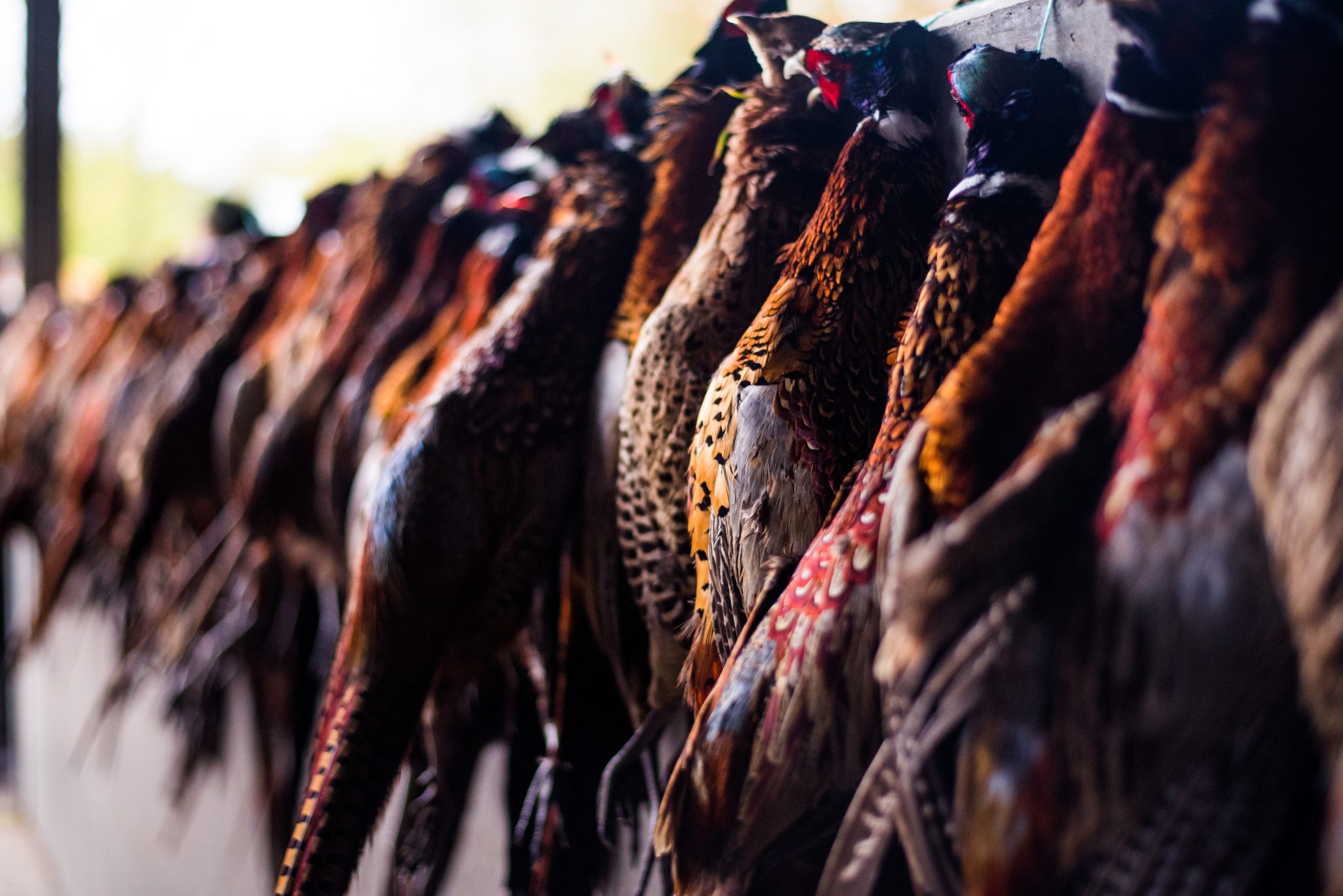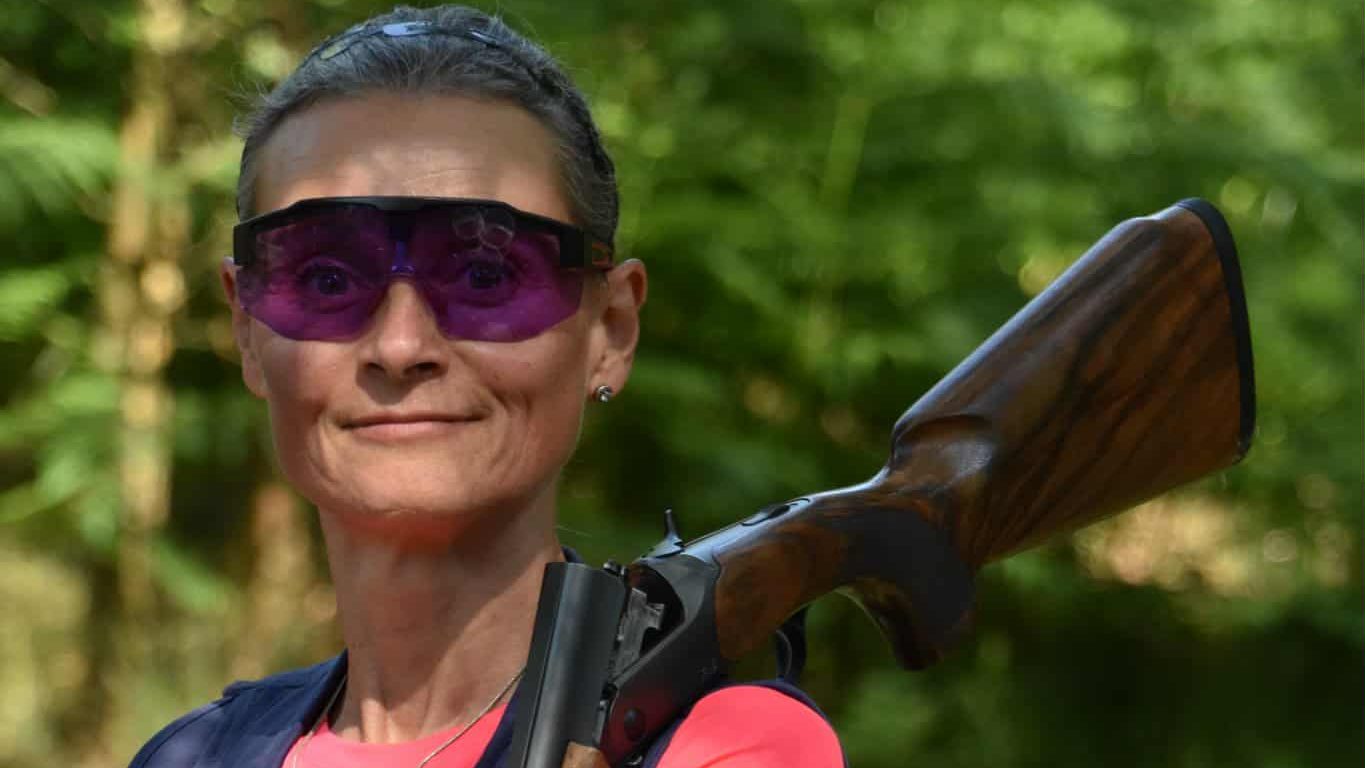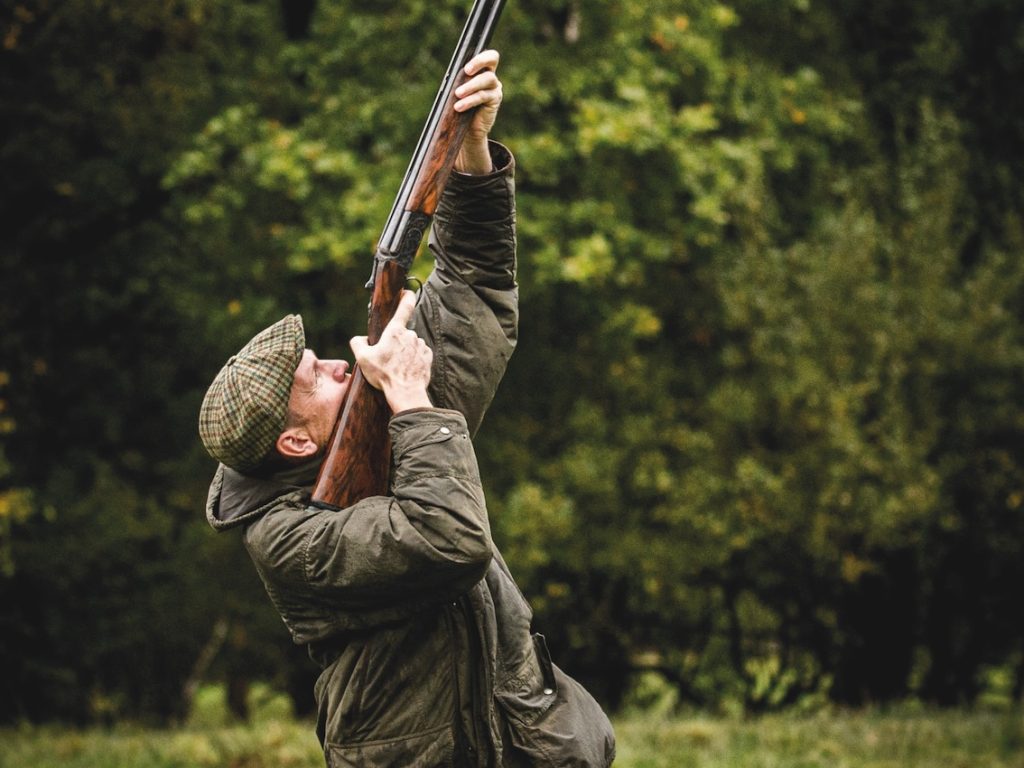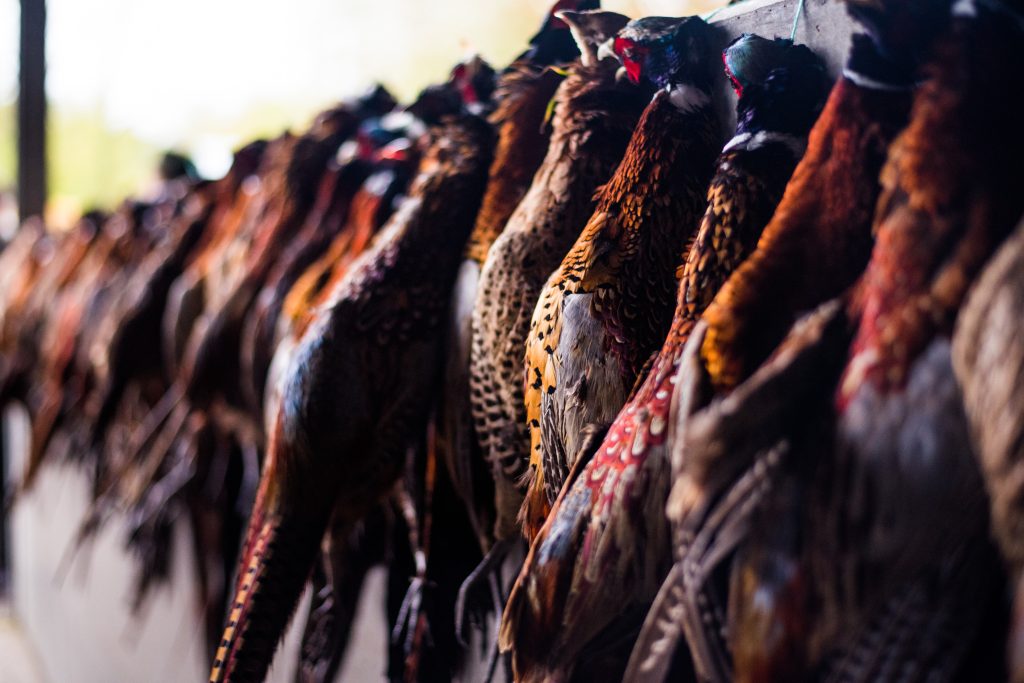Win CENS ProFlex DX5 earplugs worth £1,149 – enter here
Are Sika about to be recognised as invasive species in Ireland?
After 164 years of unchecked breeding, sika deer in Ireland could soon face the official “invasive species” tag from Brussels
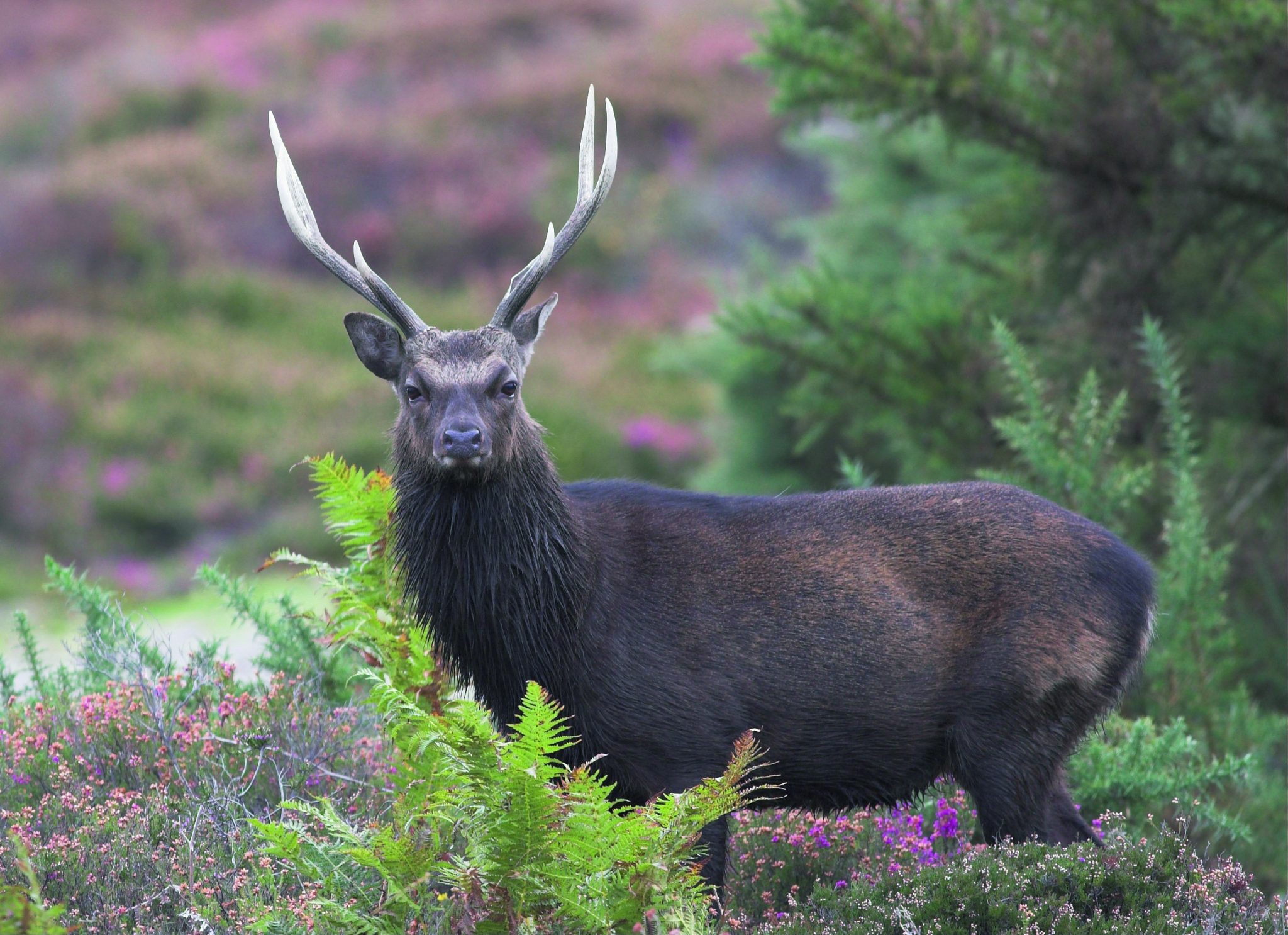
After 164 years of unchecked breeding, sika deer in Ireland could soon face the official “invasive species” tag from Brussels. The European Commission is considering the classification, which could finally give stalkers the regulatory backing they have long called for.
A growing threat to ecosystems and road safety
Since their introduction to Ireland in 1860, sika deer populations have expanded dramatically. Today, they threaten native ecosystems, damage forestry operations, and create serious road safety risks.
Deer frequently cause agricultural damage and pose traffic hazards, with collisions often resulting in animals landing on car bonnets or forcing drivers to swerve dangerously.
Recent camera trap surveys in County Wicklow revealed the extent of the problem: sika deer accounted for 72% of 6,300 recorded wild mammal events across 220 square kilometres.
EU designation brings new challenges
However, an official EU designation as an invasive species is not without complications.
Charles Smith-Jones of the British Deer Society warned that Northern Ireland’s continued alignment with EU environmental laws means that any invasive species classification would require “careful consideration of welfare safeguards, possible derogations, and cross-border coordination”.
Coordinated and humane management needed
Managing the species under new EU rules would mean balancing restrictions with humane culling practices and coordinated management between the Republic of Ireland and Northern Ireland.
But conservationists warn that without proper sika management, Ireland’s native woodlands could be lost altogether.
Did you like this article? Read more news from Shooting UK, or subscribe to Shooting Times & Country magazine.
Related Articles
Get the latest news delivered direct to your door
Subscribe to Shooting Times & Country
Discover the ultimate companion for field sports enthusiasts with Shooting Times & Country Magazine, the UK’s leading weekly publication that has been at the forefront of shooting culture since 1882. Subscribers gain access to expert tips, comprehensive gear reviews, seasonal advice and a vibrant community of like-minded shooters.
Save on shop price when you subscribe with weekly issues featuring in-depth articles on gundog training, exclusive member offers and access to the digital back issue library. A Shooting Times & Country subscription is more than a magazine, don’t just read about the countryside; immerse yourself in its most authoritative and engaging publication.
